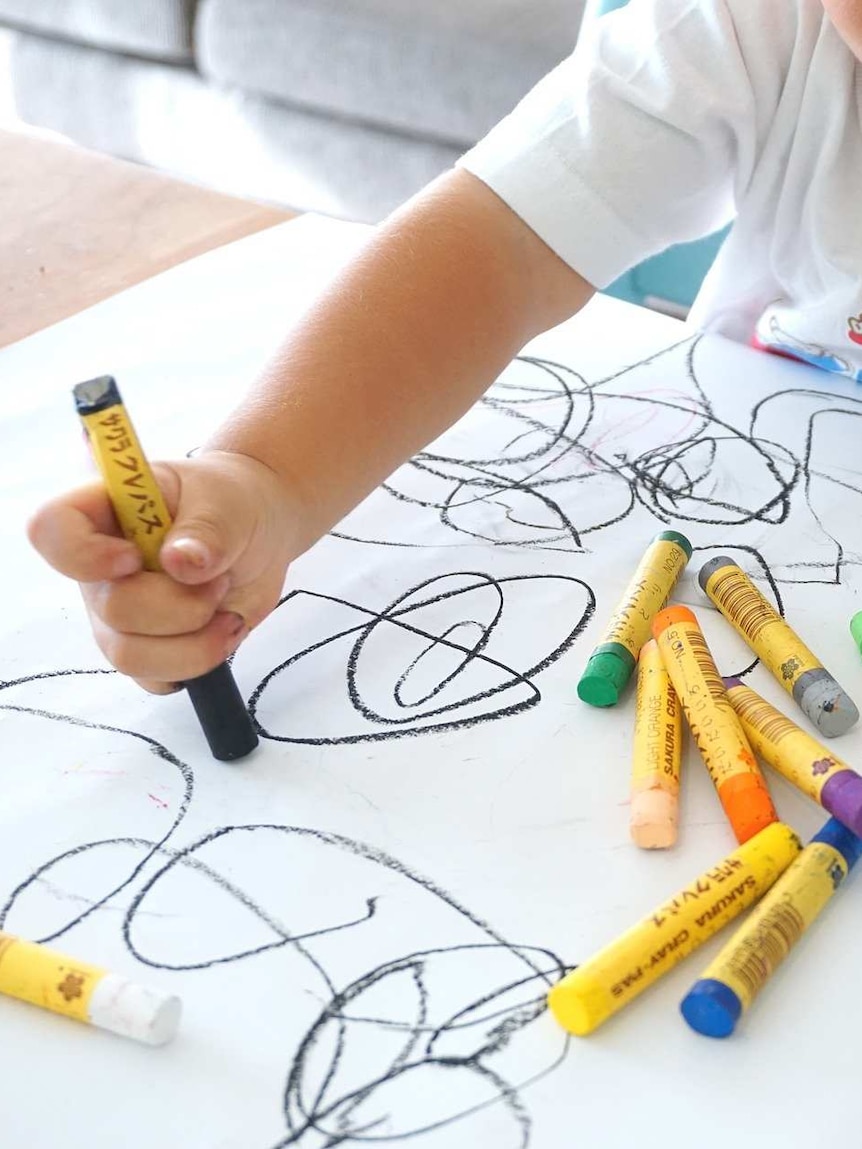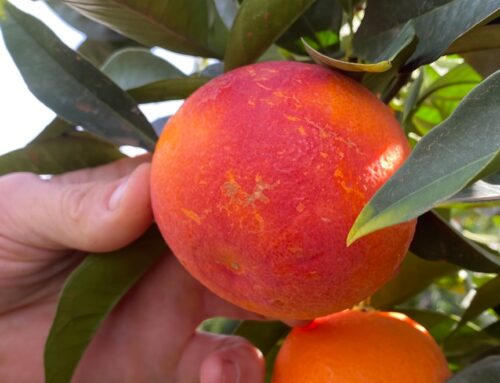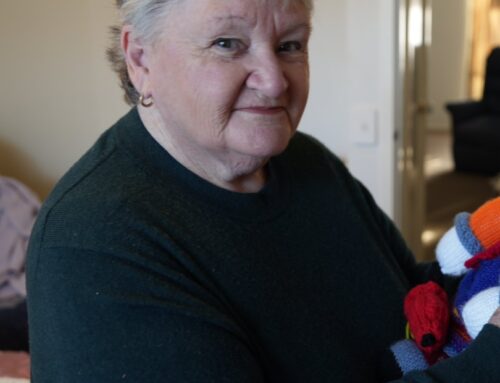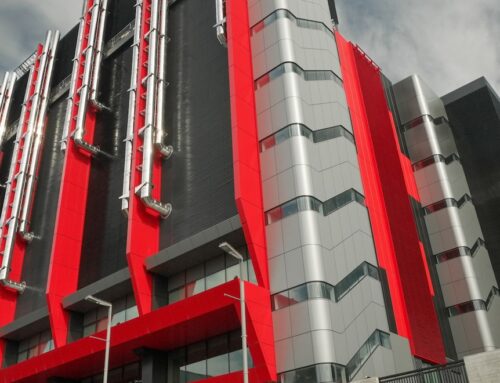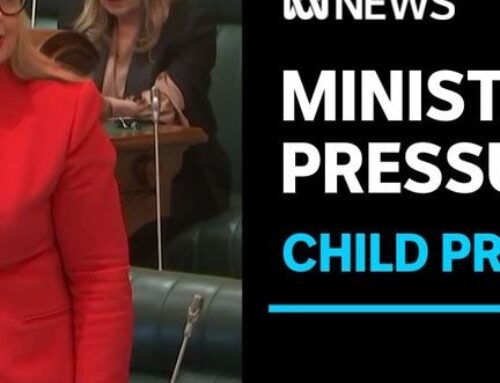Almost three quarters of a billion dollars will be spent in the next five years to roll out preschool for three-year-olds in South Australia.
The upcoming SA budget has set aside $715 million to implement the government commitment, with the amount including money to develop the workforce and deliver 30 hours per week of preschool for children “at greatest risk of developmental vulnerability”.
The Royal Commission into Early Childhood Education and Care, led by former prime minister Julia Gillard, released its final report last year, after being tasked with finding how to deliver Labor’s election promise for three-year-old preschool from 2026.
The government today said it was on track to begin the rollout by that time.
It said it would establish two pilot sites next year for preschool for children aged three and four, and then phase in the availability of preschool places for three-year-olds, based on location and other factors, over six years until 2032.
“This is a massive change,” Premier Peter Malinauskas said.
“We’re effectively adding a whole new year of public education that will benefit young people and their parents forever more.
“Over 23 per cent of young South Australians start reception with at least one form of developmental delay. If we can reduce that number from 23 to 15 per cent, that literally changes the lives of thousands of young South Australians.”
That reduction target is not a short-term aim but would take 20 years to achieve, the government said.
Mr Malinauskas said the funding would support major economic projects such as the AUKUS nuclear submarine construction.
“The children who are attending … preschool today could be building the nuclear submarines of the future, providing we invest in them,” he said.
The two pilot sites are to be based in Port Pirie and Adelaide’s northern suburbs, the government said, and are among 20 proposed “integrated hubs” necessary to fulfil the commitment.
The government said it would also “partner” with existing long daycare centres and providers, and that $14 million of the funding would specifically help Aboriginal communities prepare for three-year-old preschool.
Treasurer Stephen Mullighan said the funding was “one of the key announcements” of this year’s budget, which would deliver a “significant and fundamental change” to education.
“We will be getting thousands of children into education earlier, into play-based learning, to set themselves up,” he said.
“This will be transformational for the state’s future, including our economic opportunities — making sure that more younger South Australians are better equipped to take on the jobs of the future.”
Education Minister Blair Boyer said the investment included a $56 million workforce fund, and said one of the biggest challenges was building up the necessary number of staff.
“We are doing it in an environment where it is harder to retain and attract staff than ever before, but a lot of things have been done, in terms of changing qualifications, in terms of fee-free courses … [and] bringing courses back to TAFE,” he said.
Mr Boyer said the combined workforce to deliver the commitment would be in excess of 1,500 staff.
“Julia Gillard, helpfully in her report, set out precise figures and those figures now are about 880 additional early childhood workers, around 800 additional early childhood teachers and about 120 other staff,” he said.
Opposition Leader David Speirs said it would be “very challenging” to deliver a “workforce of that size and scale”.
“We need to be looking across the nation and potentially overseas to culturally similar countries, which have a similar education system, to attract workers,” he said.
“That might include relocation costs being covered, it might include other types of incentive payments.”
Posted , updated

